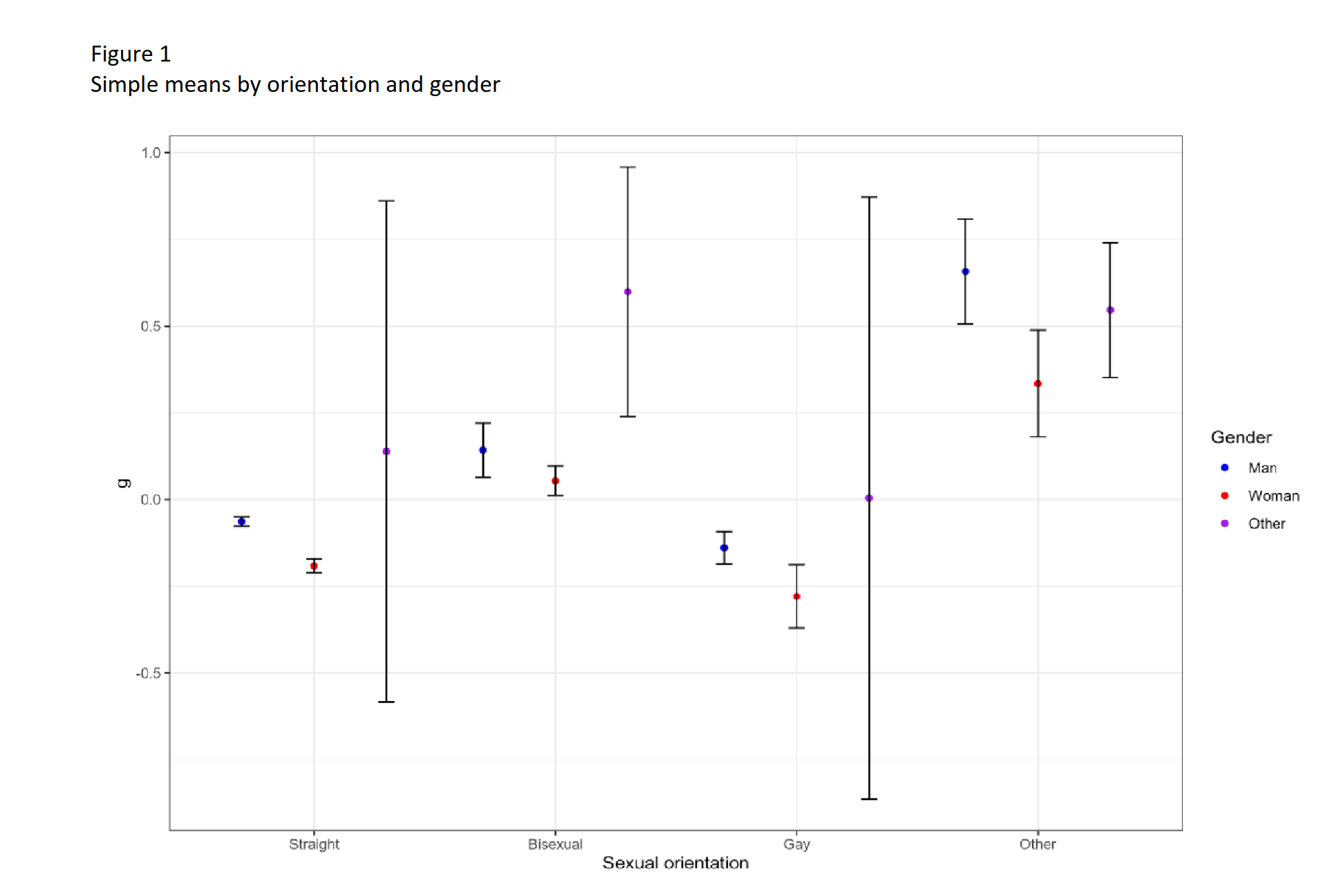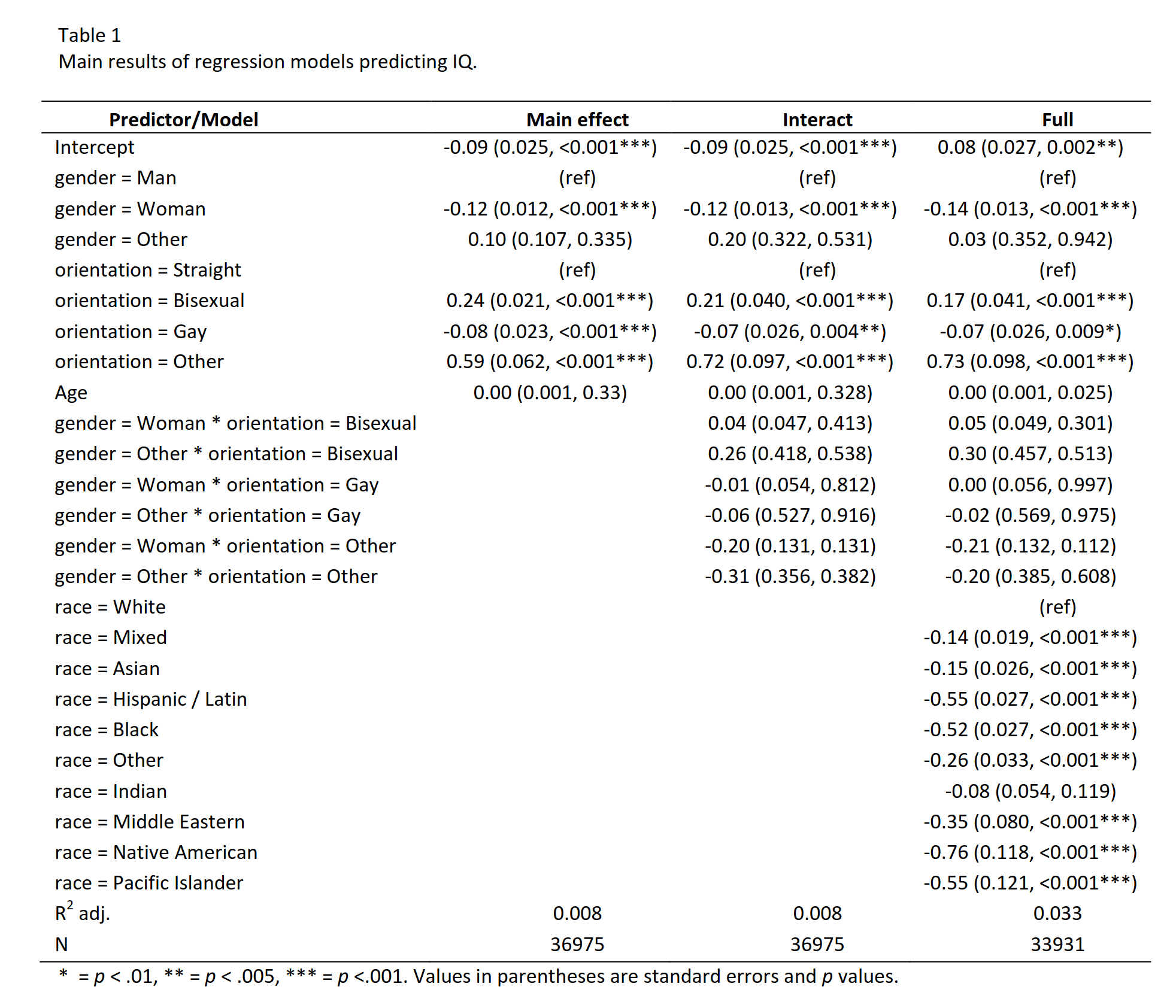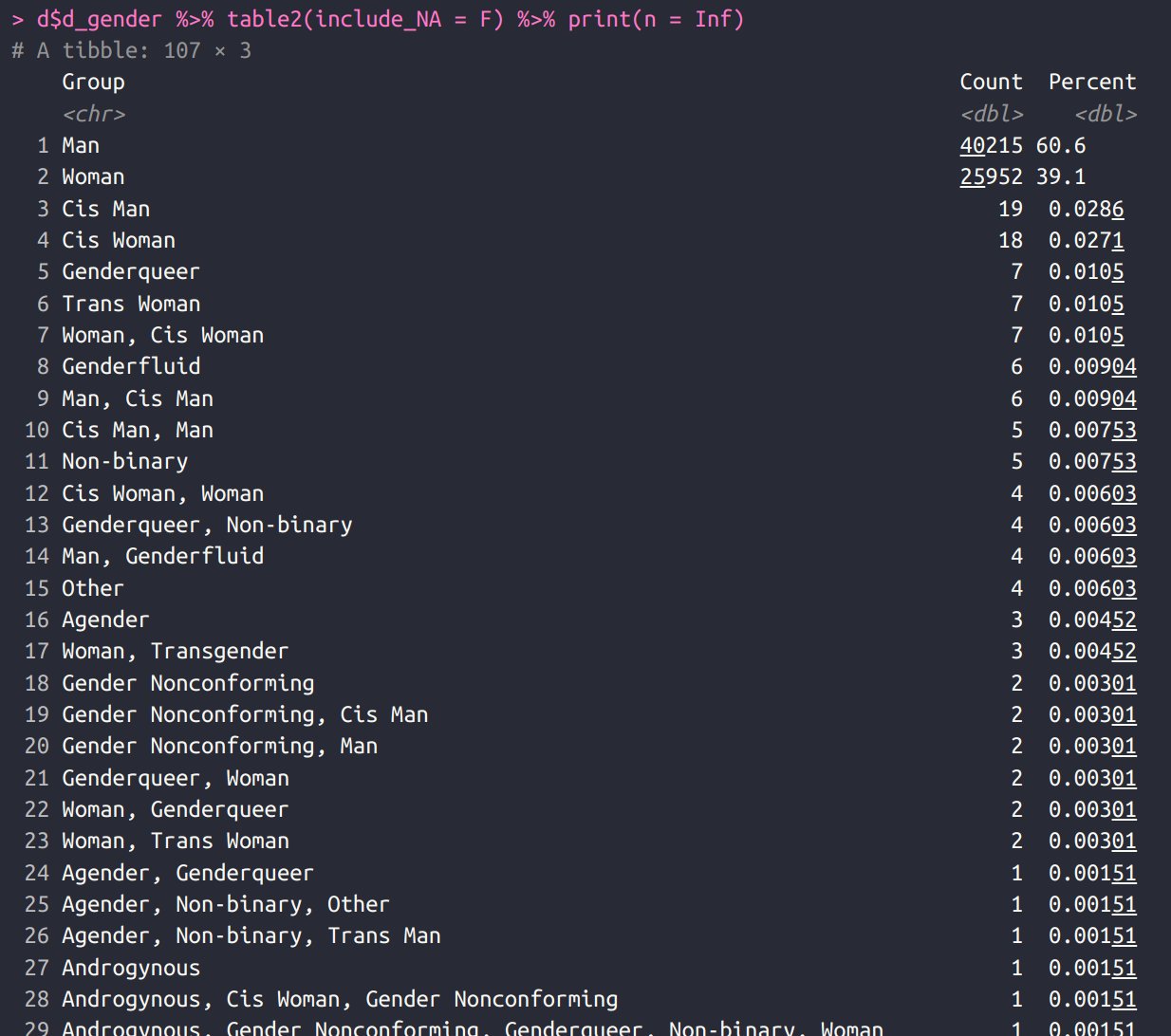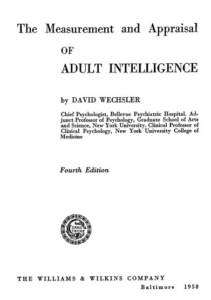If you have been paying attention, you will probably have noticed that a lot of the trans and non-binary people seem to be quite bright. Indeed, that’s one of the reasons they can cause so much trouble. A typical example might the originator of the “Contributor Covenant“, which later became a common “Code of Conduct” implemented across numerous services. Really, it’s a piece of leftist legislation meant so that bureaucrats can delete your Github etc. repositories if you aren’t sufficiently tolerant of the current thing (mainly of themselves, i.e. trans). This operation was the brainchild of ‘Coraline’ Ada Ehmke:

Ehmke has received numerous awards for his contributions to open source software, so he’s clearly a bright guy.
Another example is the Unabomber, Uncle Ted, or Ted Kaczynski. Steve Sailer recently brought it to attention that he had considered becoming trans prior to his bombing campaign:
GENDER CONFUSION, SEX CHANGE IDEA FUELED KACZYNSKI’S RAGE, REPORT SAYS
By William Booth September 12, 1998
Convicted Unabomber Theodore J. Kaczynski considered having a sex change operation when he was in his twenties and his confusion over his gender identity filled him with a rage that contributed to his bombing spree, according to documents released today.
The new details about the mental health of Kaczynski, who pleaded guilty in January to a string of terrorist bombings that killed three people and injured 23 others, were part of 47-page forensic evaluation ordered by U.S. District Judge Garland Burrell Jr. during Kaczynski’s January trial. …
In the psychiatric evaluation, Johnson reveals that Kaczynski had persistent and intense sexual fantasies about being a woman.
Kaczynski had a reported IQ of 167, and though we don’t really take such high values seriously, clearly, he had extraordinary mathematical talent.
In our new study, we looked at whether this stereotype of high IQ, high mental illness “software trannies” is true, so we looked at the trusty OKCupid data:
- Dutton, E. & Kirkegaard, E. O. W. (2024). Intelligence is associated with being non-binary and unusual sexuality: Rare sexual orientation, gender non-conformism and intelligence in a large dating sample. PsychReg.
Some studies have indicated that there may be intelligence differences between different sexual orientations or gender identifications. We investigated whether intelligence was predicted by sexual orientation and gender identity in a large sample of dating site users from OKCupid (N = ~36,866). In our regression model, we found that homosexuals were slightly below heterosexuals in intelligence, β = -0.07 (corrected -0.09), while bisexuals were slightly higher, β = 0.17 (cor. 0.22), and people with less common orientations were much higher, β = 0.73 (cor. 0.93). There was no interaction between orientation and gender. Furthermore, women obtained lower scores than men, β = -0.14 (cor. -0.18, – 2.67 IQ), and individuals who adopted non-binary gender identity had about average intelligence, β = 0.03 (cor. 0.03). It was found that non-binary gender identity predicts substantially higher intelligence when analysed alone, but this was mediated by its statistical association with rare sexual orientations. Results were discussed in the light of a development of Kanazawa’s Savanna-IQ Interaction hypothesis and the Cultural Mediation hypothesis.
The main results:

Each dot shows the average intelligence of a group, and the bars are the confidence intervals. Looking across the means, we see that men (blue) dots are a bit higher than women (red) dots, but the difference is rather small as expected from prior studies, about 2.7 IQ. The bisexuals are a bit smarter than the heterosexuals (straights), and the homosexuals are a bit duller than the heterosexuals. These differences are all fairly small. The large differences are seen for the people who say their sexual orientation is “Other” (rightmost 3 dots), and those who say their gender is “Other” (purple dots). These people have very elevated IQs. Depending on which set of covariates are used, their average IQ is somewhere between 0.70 and 0.93 standard deviations above the mean, in IQ terms, 10 to 14 IQ above. This is quite the advantage, larger than the Jewish advantage above non-Jewish Europeans. Given the small number of people who were “Other”-gendered and “Other”-sexual orientation, about 100 people, the model isn’t really able to figure out which of these had the strongest effect, but if one tells the model to try anyway, it gives this result:

Here the model is trying to predict a person’s intelligence (g) from the included variables. The 3 models add sequentially more complexity. The 1st model finds that having a sexual orientation of “Other” predicts 0.59 standard deviation (z) higher intelligence, and if more variables are added as covariates, this advantage becomes 0.72 or 0.73 in the 2nd and 3rd models. The effect of having “Other” gender is not beyond chance (p > .05), but that’s because the standard error (the uncertainty) is massive. What the models really tell us is that the various other variables didn’t explain the intelligence advantage of people with an unusual sexual orientation. In other words, the reason that unusual sexual orientation people are smart is not merely that they are White, or old, or male.
The results are interesting because it has been found that most forms of mental illness have a negative correlation with intelligence. I wrote a post on this. However, there’s a few rare ones that have positive associations: anorexia (about +8 IQ), and there’s debate about the autism and bipolar disorder links. This study adds gender confusion/dysphoria to the list. Although I should note that the average IQ of gender confused people has probably been declining as it has gotten more popular among teenage girls. The OKCupid data were gathered in 2015-2016, before the big popularity of trans.
I know people will ask, “How did you measure intelligence in OKCupid?”. The users of the dating site answered 100s or sometimes 1000s of questions, some of which were basically intelligence questions one might find in a test. The 14 questions we used were:
- Which is bigger, the earth or the sun?
- STALE is to STEAL as 89475 is to what?
- What is next in this series? 1, 4, 10, 19, 31, __
- If you turn a left-handed glove inside out, it fits on your left or right hand?
- In the line ‘’Wherefore art thou Romeo?’’ what does ‘’wherefore’’ mean?
- How many fortnights are in a year?
- Half of all policemen are thieves and half of all policemen are murderers Does it follow logically that all policemen are criminals?
- Which is longer, a mile or a kilometer?
- When birds stand on power lines and don’t get hurt, it’s most likely because of what?
- Etymology is?
- If some men are doctors and some doctors are tall, does it follow that some men are tall?
- A little grade 10 science: what is the Ideal Gas Law?
- If you flipped three pennies, what would be the odds that they all came out the same?
- Which is the day before the day after yesterday?
They are all multiple-choice, with 2-4 options. It’s a pretty basic test with bad reliability (we estimated 0.62). For this reason, in order to correct the results above for this bad measurement of intelligence, one has to divide the effects by sqrt(.62) to get an estimate of the true effect size, that is, what the effect size would have been if a test with perfect reliability had been used. (This simple method can be used here because the outcome variable is the unreliable one, if it had been a predictor, this wouldn’t work, and one would have to resort to errors-in-variable models, structural equation modeling, or SIMEX.)
Classifications
There is no reason to believe that transgenders would categorize themselves as „other“ in the gender category.
We said in the article:
In their profiles, users were asked to select a gender identity as well as a sexual orientation. There was a large list of options for both, though most users chose one of a few common options. For instance, the most common gender identity that wasn’t (cis) man or (cis) woman was gender-queer with n = 7 persons. This means that a person identifies neither as male nor female. The options for sexual orientation included pansexual (a person who is attracted to people of all sexes and gender- identities), questioning, asexual and grey-sexual (only rarely experiencing attraction). We recoded these data into new variables. For gender, we coded each person as man, woman, or other. Variants like “cis man” were coded as “man.” For orientation, we coded subjects as straight, bisexual, gay, or other. We used the terms employed on the site as opposed to more modern or academic terms to stay closer to the source material.
It looks like this:

Clearly, almost everybody chose man or woman. A few people used queer terminology for the same thing, cis man, cis woman. A few more combined these “Cis man, man”, and “Cis woman, woman”, but everything else we recoded into an “Other “category. This includes things other than transsexuals, but mainly has people who are confused about their sex/gender.
Similarly, for sexual orientation:

Anything that wasn’t straight, bisexual, or gay was classified into the “Other” category.

